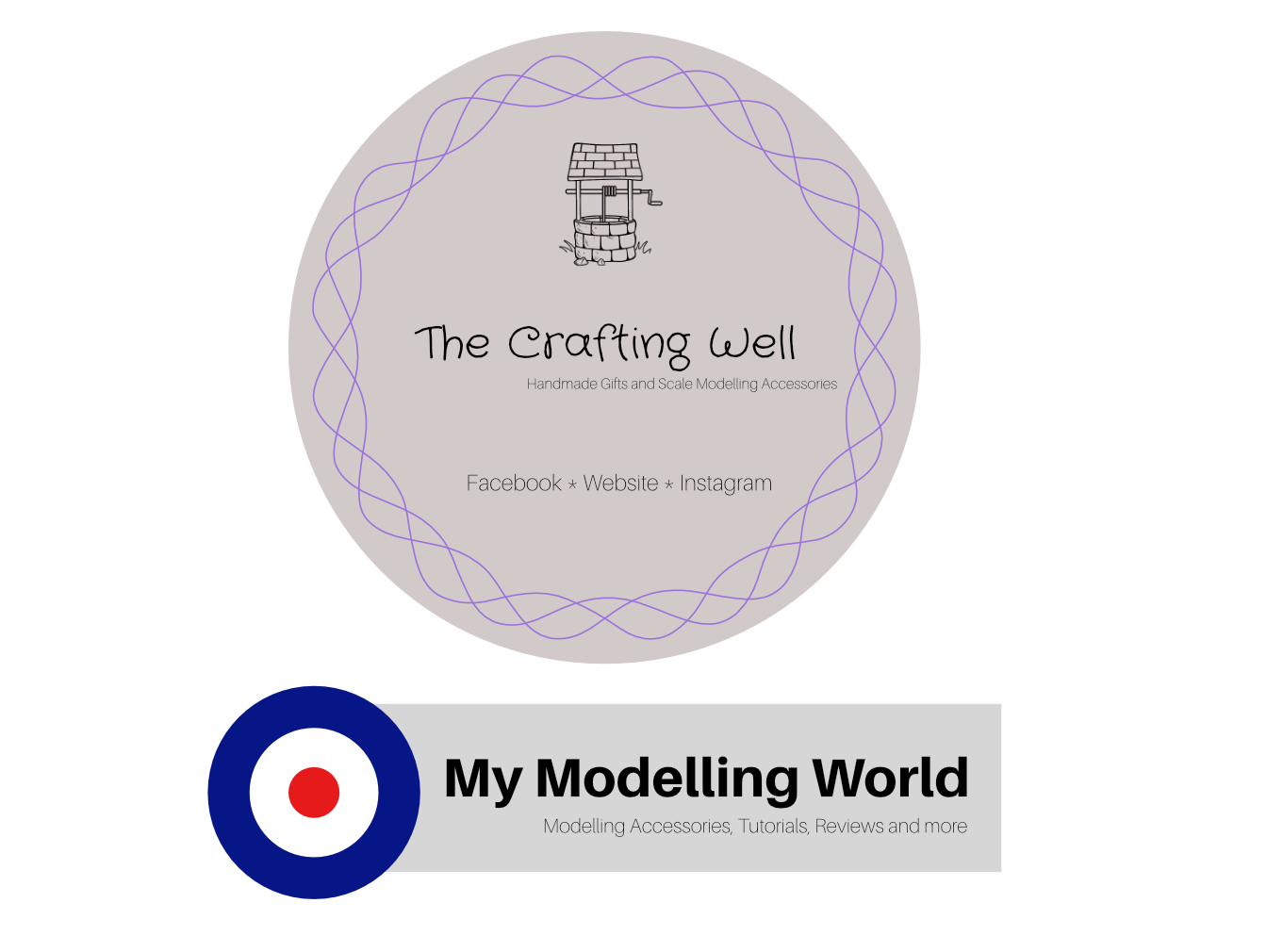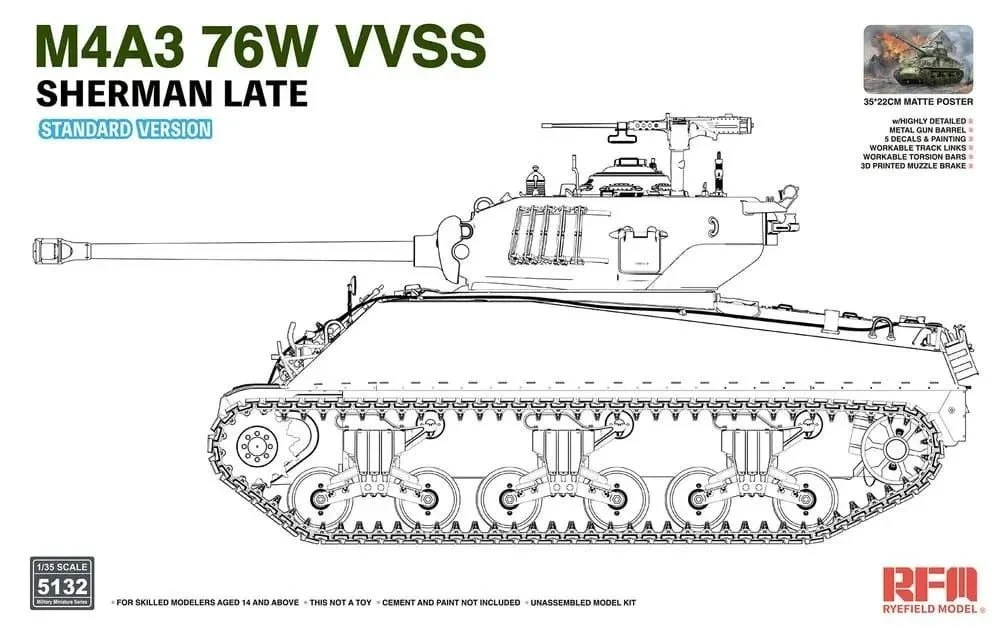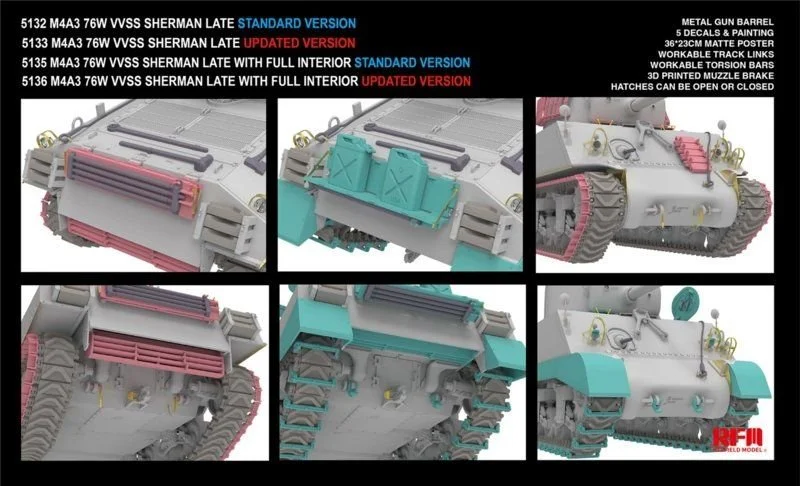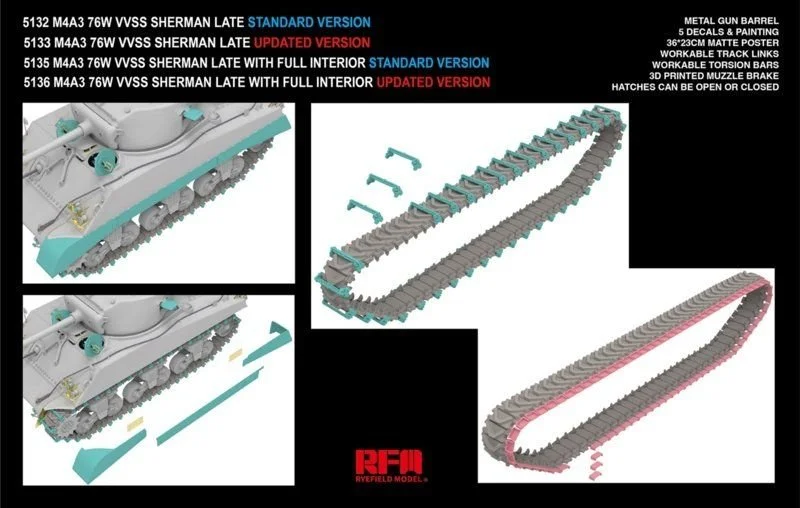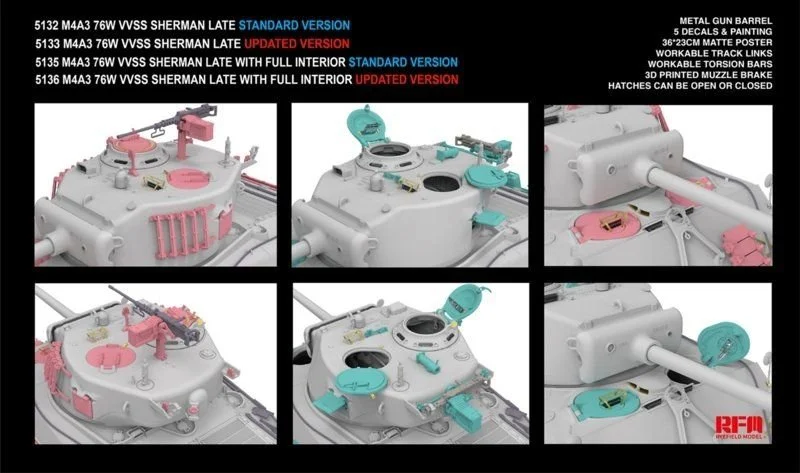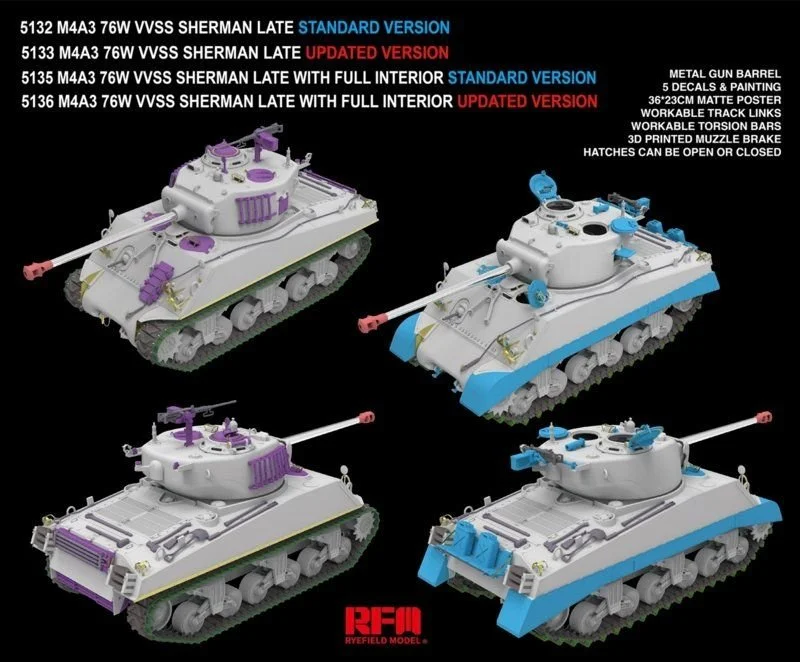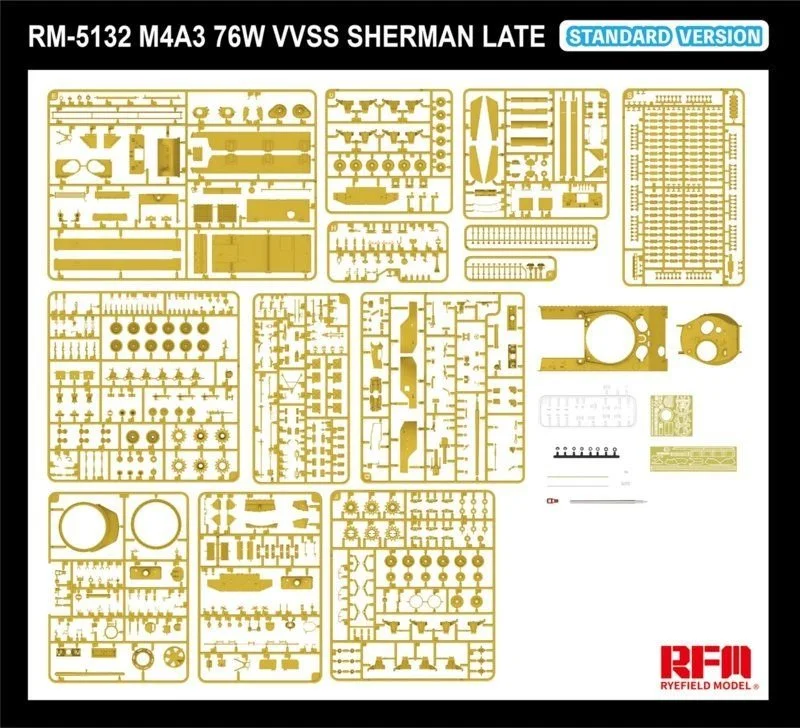 Image 1 of 2
Image 1 of 2

 Image 2 of 2
Image 2 of 2



Rye Field Models 5143 1/35 Scale Pz.Kpfw.IV Ausf.F2/G
The Pz.Kpfw.IV Ausf.F2/G represents a significant evolution in the Panzer IV series, a cornerstone of German armoured forces during World War II. Originally designed as a medium tank, the Ausf.F2 variant introduced a much-needed upgrade to the vehicle's firepower and armour, adapting to the increasing threats on the battlefield.
Overview and Development
The Ausf.F2 was developed as an interim solution in 1942, fitted with the powerful 7.5 cm KwK 40 L/43 gun, a considerable improvement over the short-barrelled 75mm gun of earlier models. This upgrade allowed the Panzer IV to effectively engage new Soviet tanks such as the T-34 and KV-1, which had previously outclassed German armour.
Following the Ausf.F2, the Ausf.G model was introduced in late 1942, featuring further enhancements. These included thicker frontal armour—up to 80mm on the turret front and glacis plate—to provide better protection against enemy anti-tank weapons. Other improvements varied but typically involved ergonomic updates and mechanical reliability.
Design Characteristics
Armament: The primary armament of the Ausf.F2 was the 7.5 cm KwK 40 L/43 gun, which was later upgunned to the L/48 variant on the Ausf.G. This gun greatly improved the Panzer IV's penetration capabilities.
Armour: Enhanced frontal armour was a defining feature, increasing survivability on the front lines. The turret and hull were reinforced to tackle evolving threats.
Mobility: Powered by a Maybach HL 120 TRM engine delivering around 300 horsepower, the tank maintained respectable mobility for its weight class, though the added armour slightly affected speed and agility.
Crew: Typically manned by five crew members – commander, gunner, loader, driver, and radio operator/hull machine gunner.
Operational Use
The Ausf.F2 and Ausf.G variants saw extensive combat on the Eastern Front. Their increased firepower and protection were instrumental during engagements with the Soviet forces. Despite these upgrades, the Panzer IV eventually faced challenges from newer Allied tanks and anti-tank weapons, prompting the development and deployment of heavier tank models like the Panther and Tiger.
Model Kit Interest
For scale modellers, the Ryefield Models Pz.Kpfw.IV Ausf.F2/G offers an excellent subject due to its historical significance and impactful design variations. Kits typically feature detailed components that reflect its armament and armour changes.
Whether building a diorama representing the harsh conditions of the Eastern Front or focusing on the mechanical evolution of German armour, the Ausf.F2/G remains a vital piece for enthusiasts dedicated to World War II armoured warfare modelling.
The Pz.Kpfw.IV Ausf.F2/G represents a significant evolution in the Panzer IV series, a cornerstone of German armoured forces during World War II. Originally designed as a medium tank, the Ausf.F2 variant introduced a much-needed upgrade to the vehicle's firepower and armour, adapting to the increasing threats on the battlefield.
Overview and Development
The Ausf.F2 was developed as an interim solution in 1942, fitted with the powerful 7.5 cm KwK 40 L/43 gun, a considerable improvement over the short-barrelled 75mm gun of earlier models. This upgrade allowed the Panzer IV to effectively engage new Soviet tanks such as the T-34 and KV-1, which had previously outclassed German armour.
Following the Ausf.F2, the Ausf.G model was introduced in late 1942, featuring further enhancements. These included thicker frontal armour—up to 80mm on the turret front and glacis plate—to provide better protection against enemy anti-tank weapons. Other improvements varied but typically involved ergonomic updates and mechanical reliability.
Design Characteristics
Armament: The primary armament of the Ausf.F2 was the 7.5 cm KwK 40 L/43 gun, which was later upgunned to the L/48 variant on the Ausf.G. This gun greatly improved the Panzer IV's penetration capabilities.
Armour: Enhanced frontal armour was a defining feature, increasing survivability on the front lines. The turret and hull were reinforced to tackle evolving threats.
Mobility: Powered by a Maybach HL 120 TRM engine delivering around 300 horsepower, the tank maintained respectable mobility for its weight class, though the added armour slightly affected speed and agility.
Crew: Typically manned by five crew members – commander, gunner, loader, driver, and radio operator/hull machine gunner.
Operational Use
The Ausf.F2 and Ausf.G variants saw extensive combat on the Eastern Front. Their increased firepower and protection were instrumental during engagements with the Soviet forces. Despite these upgrades, the Panzer IV eventually faced challenges from newer Allied tanks and anti-tank weapons, prompting the development and deployment of heavier tank models like the Panther and Tiger.
Model Kit Interest
For scale modellers, the Ryefield Models Pz.Kpfw.IV Ausf.F2/G offers an excellent subject due to its historical significance and impactful design variations. Kits typically feature detailed components that reflect its armament and armour changes.
Whether building a diorama representing the harsh conditions of the Eastern Front or focusing on the mechanical evolution of German armour, the Ausf.F2/G remains a vital piece for enthusiasts dedicated to World War II armoured warfare modelling.
